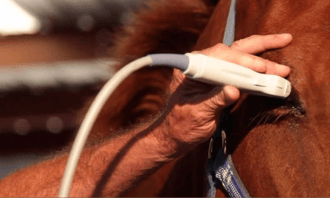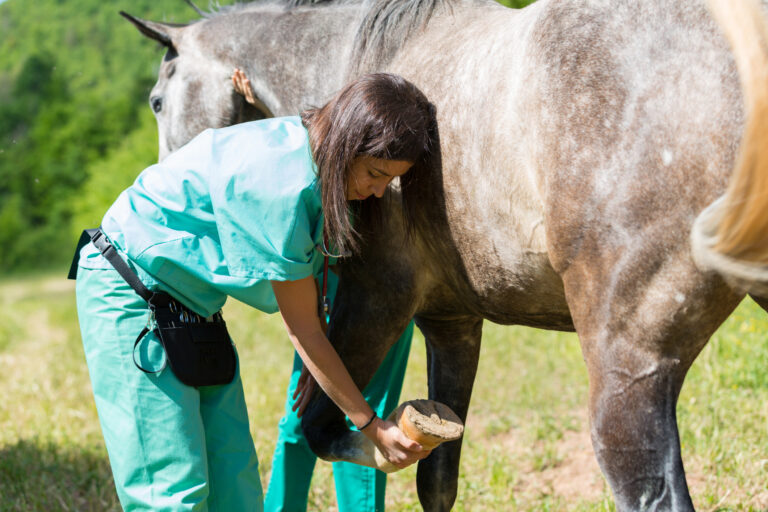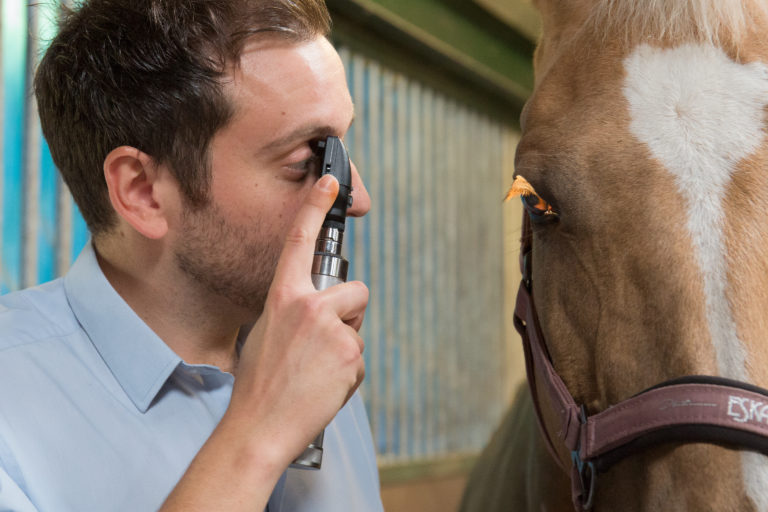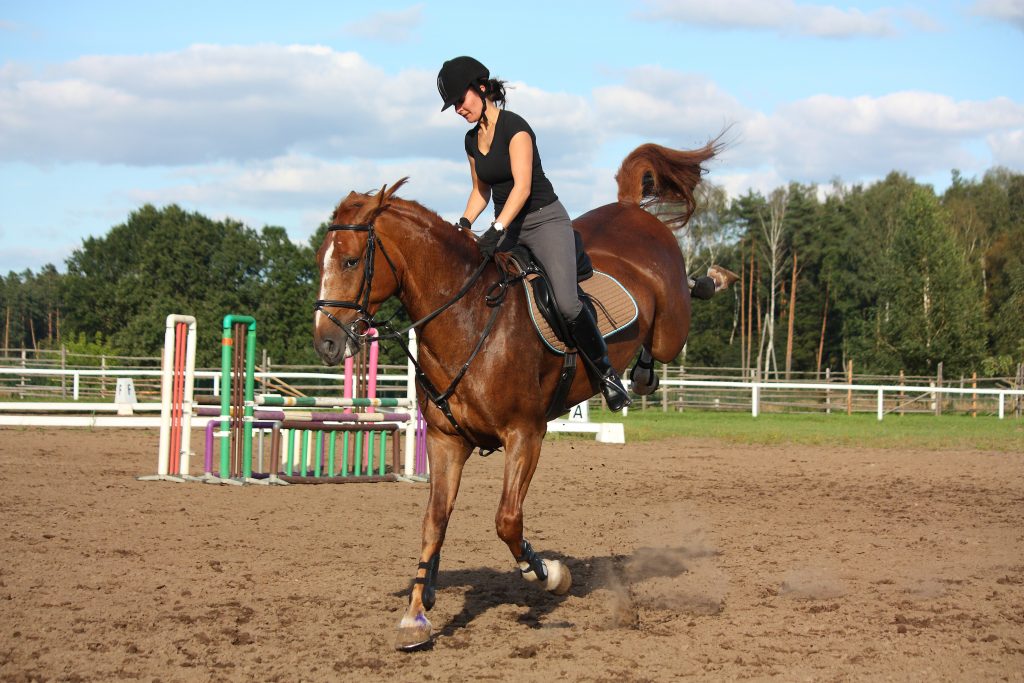Understanding Equine Vaccination Protocols: A Vet’s Guide to Protecting Your Horse
Introduction
Equine vaccination protocols form the cornerstone of preventive veterinary medicine in the United Kingdom and represent one of the most effective tools for protecting horses from infectious diseases. As veterinary professionals practising in the UK, understanding the intricacies of vaccination protocols, timing, storage, and administration is crucial for maintaining optimal herd health and individual equine welfare.
This comprehensive guide is based on current UK legislation, guidelines from the British Equine Veterinary Association (BEVA), and regulatory requirements established by the Veterinary Medicines Directorate (VMD), providing UK veterinary professionals with essential knowledge for implementing effective vaccination programmes.
UK Regulatory Framework
Legal Classification and Prescription Requirements
In the United Kingdom, all equine vaccines are classified as Prescription-Only Medicine – Veterinary (POM-V), which means they must be prescribed by a veterinary surgeon under the cascade system. This classification ensures that vaccination programmes are properly supervised and tailored to individual horses’ needs NOAH, 2024.
Horse Passport Requirements
Under UK legislation, all horses are considered food-producing animals and must possess a valid passport issued by a recognised Passport Issuing Organisation (PIO). The passport system directly impacts vaccination protocols and record-keeping requirements Gov.UK, 2024.
Key requirements include:
- All vaccinations must be recorded in the horse passport regardless of food chain status
- Veterinary surgeons must verify passport status before treatment
- Horses without passports must be treated as food-producing animals
- Emergency treatments require specific documentation procedures
Core Vaccination Protocols in the UK
Recommended Vaccination Schedule
Based on the latest UK guidance, the following vaccination schedule represents best practice for equine preventive medicine:
Equine Influenza and Tetanus (Primary Course):
- V1: First dose at 5-6 months of age
- V2: Second dose 21-60 days after V1 (preferably 4-6 weeks)
- V3: First booster 120-180 days after V2 (preferably 5 months)
- Annual boosters: Every 12 months thereafter
High-risk horses (competition horses, frequently travelling horses, or those in high-density populations) may require 6-monthly boosters EIDS, 2024.
Available Vaccines in the UK
The UK market offers several licensed equine vaccines from major manufacturers:
Influenza Vaccines:
- Equip F (Zoetis) – Annual boosters every 12-15 months
- Equilis Prequenza (MSD Animal Health) – Annual boosters every 12 months
- Proteq Flu (Boehringer Ingelheim) – Annual boosters every 12 months
Combination Vaccines (Influenza + Tetanus):
- Equip FT (Zoetis)
- Equilis Prequenza Te (MSD Animal Health)
- Proteq Flu-Te (Boehringer Ingelheim)
Tetanus Vaccination
Tetanus-only vaccines are available for horses that cannot receive combination vaccines:
- Equilis Te (MSD Animal Health)
- Primary course: Two doses 4 weeks apart
- First revaccination: Within 17 months
- Subsequent boosters: Maximum 2-year intervals
Best practice recommendation: Every horse in the UK should receive tetanus vaccination regardless of use or management system.
Risk-Based Vaccination Considerations
Equine Herpesvirus (EHV-1/4)
Equip EHV-1,4 (Zoetis) is licensed for:
- Reducing respiratory clinical signs
- Preventing abortion in pregnant mares
- Vaccination schedule: Two doses 4-6 weeks apart, then 6-monthly boosters
- Pregnant mares: Vaccination during 5th, 7th, and 9th months of pregnancy
Strangles Vaccination
Strangvac (Dechra) provides protection against Streptococcus equi:
- Licensed for horses from 5 months of age
- Two doses 4 weeks apart
- High-risk horses: Repeat primary course after 2 months
- Use based on risk assessment and yard-specific factors
West Nile Virus Vaccination
Three licensed vaccines available in the UK:
- Equip WNV (Zoetis)
- Equilis West Nile (MSD Animal Health)
- Proteq West Nile (Boehringer Ingelheim)
Indications: Horses travelling to endemic regions in Europe, particularly during vector season (April-October).
Equine Viral Arteritis (EVA)
Equip Artervac (Zoetis) is restricted to:
- Stallions and teasers only
- Must confirm seronegative status before vaccination
- 6-monthly boosters required
- Subject to EVA Order 1995 regulations
Competition and Regulatory Requirements
British Horseracing Authority (BHA) Requirements
The BHA has established specific vaccination intervals for horses racing in Britain:
- V1 to V2: 21-60 days
- V2 to V3: 120-180 days
- Booster intervals: 6-monthly for active racehorses
- Competition eligibility: Horses must be vaccinated within required timeframes BHA, 2024
British Equestrian Federation (BEF) Guidelines
The BEF has aligned with BHA requirements to harmonise vaccination protocols across equestrian disciplines:
- Mandatory for most competitions
- FEI HorseApp integration for international competitors
- Discipline-specific requirements may apply
Vaccination Administration Best Practices
Pre-Vaccination Assessment
Health Status Verification:
- Normal temperature (37.5-38.5°C)
- Alert demeanour and normal appetite
- Absence of concurrent illness
- Review of previous vaccination history
Passport Verification:
- Confirm passport authenticity and validity
- Check food chain status declaration
- Verify identity matches the horse present
- Record passport number and issuing PIO
Injection Site Selection and Technique
Preferred injection sites:
- Neck muscles (semispinalis capitis) – Primary choice
- Pectoral muscles – Good alternative
- Hindquarters – Use with caution due to handler safety
Technical considerations:
- Use 18-20 gauge needles, 1-1.5 inches long
- Employ aseptic technique throughout
- Use separate needles for each vaccine product
- Inject slowly to minimise tissue trauma
Vaccine Storage and Cold Chain Management
Temperature requirements:
- Store at 2-8°C (35-45°F)
- Never freeze vaccines unless specifically indicated
- Use dedicated refrigerator with accurate thermometer
- Maintain temperature logs twice daily
Storage protocols:
- Store in centre of refrigerator, not in door
- Organise by expiration date (first-in, first-out)
- Maintain inventory logs with batch numbers
- Implement emergency procedures for power failures
Adverse Event Management
Recognition and Classification
Mild reactions (common):
- Local swelling and stiffness
- Temporary lethargy
- Low-grade fever
- Reduced appetite
Severe reactions (requiring intervention):
- Anaphylaxis
- Severe local reactions
- Systemic urticaria
- Collapse or shock
Treatment Protocols
Mild reactions:
- NSAIDs (phenylbutazone, flunixin meglumine)
- Cold compresses
- Light exercise to promote circulation
- 24-48 hour monitoring
Severe reactions:
- Immediate veterinary intervention
- Adrenaline for anaphylaxis
- Corticosteroids for severe inflammation
- Supportive care as required
Adverse Event Reporting
UK reporting requirements:
- Report to vaccine manufacturer immediately
- Contact VMD Pharmacovigilance Team
- Document batch numbers and lot details
- Maintain detailed clinical records
VMD Reporting System:
- Use VMD Connect adverse event reporting
- Report suspected adverse reactions promptly
- Include all relevant clinical information
- Follow up with additional information as requested
Record Keeping and Documentation
Legal Requirements
Passport Documentation:
- All vaccinations must be recorded in horse passport
- Include vaccine name, batch number, and date
- Veterinary surgeon signature required
- Food chain status consideration
Clinical Records:
- Maintain detailed vaccination histories
- Record any adverse reactions
- Document batch numbers and expiration dates
- Retain records for minimum 5 years
Best Practice Documentation
Vaccination certificates should include:
- Horse identification (microchip number, markings)
- Vaccine product details and batch numbers
- Dates of administration
- Veterinary surgeon details
- Next vaccination due date
- Any adverse reactions observed
Special Populations
Pregnant Mares
Vaccination protocols:
- Annual vaccines: 4-6 weeks pre-foaling
- EHV vaccination: 5th, 7th, and 9th months
- Avoid modified live vaccines during pregnancy
- Consider maternal antibody transfer to foals
Foals and Young Horses
Vaccination timing:
- Start primary course at 4-6 months of age
- Consider maternal antibody interference
- Complete primary course before weaning
- Maintain accurate age-related records
Geriatric Horses
Special considerations:
- May require modified protocols
- Increased monitoring for adverse reactions
- Consider immune system status
- Individual risk-benefit assessment
Emergency Protocols and Contingencies
Vaccine Shortage Management
Recent experience with equine influenza vaccine shortages has highlighted the importance of:
- Maintaining adequate stock levels
- Implementing risk-based prioritisation
- Communicating with clients about delays
- Following regulatory guidance on modified schedules
Outbreak Response
During disease outbreaks:
- Implement enhanced biosecurity measures
- Consider emergency vaccination protocols
- Liaise with Animal Health authorities
- Maintain detailed movement records
Quality Assurance and Continuous Improvement
Vaccination Programme Evaluation
Monitor vaccination effectiveness through:
- Serological monitoring where appropriate
- Clinical outcome tracking
- Adverse event surveillance
- Client feedback and satisfaction
Professional Development
Stay current with:
- BEVA continuing education programmes
- VMD regulatory updates
- Vaccine manufacturer technical bulletins
- Peer-reviewed research publications
Future Developments
Emerging Technologies
Advances in vaccine technology:
- Next-generation adjuvants
- Improved mucosal vaccines
- Enhanced duration of immunity
- Combination vaccine developments
Regulatory Changes
Anticipated developments:
- Digital passport integration
- Enhanced traceability systems
- Harmonised EU/UK protocols
- Artificial intelligence in adverse event monitoring
Conclusion
Effective equine vaccination protocols in the UK require comprehensive understanding of regulatory requirements, disease epidemiology, vaccine technology, and individual patient assessment. By following evidence-based guidelines established by BEVA, VMD, and other regulatory bodies, veterinary professionals can provide optimal protection for their equine patients whilst maintaining compliance with UK legislation.
Key success factors include:
- Individualised risk assessment
- Proper vaccine storage and handling
- Adherence to established protocols
- Vigilant adverse event monitoring
- Thorough documentation and record keeping
- Ongoing professional development
The integration of vaccination protocols with broader herd health management, combined with excellent client communication and education, ensures the best outcomes for equine health in the UK.
Professional Resources:
- British Equine Veterinary Association (BEVA)
- Veterinary Medicines Directorate (VMD)
- Royal College of Veterinary Surgeons (RCVS)
- British Veterinary Association (BVA)
- Equine Infectious Disease Surveillance
This guide serves as a reference tool for UK veterinary professionals and should be used in conjunction with current product datasheets, manufacturer recommendations, and individual professional judgement. Always maintain appropriate veterinary-client-patient relationships and comply with current UK legislation and professional standards.




